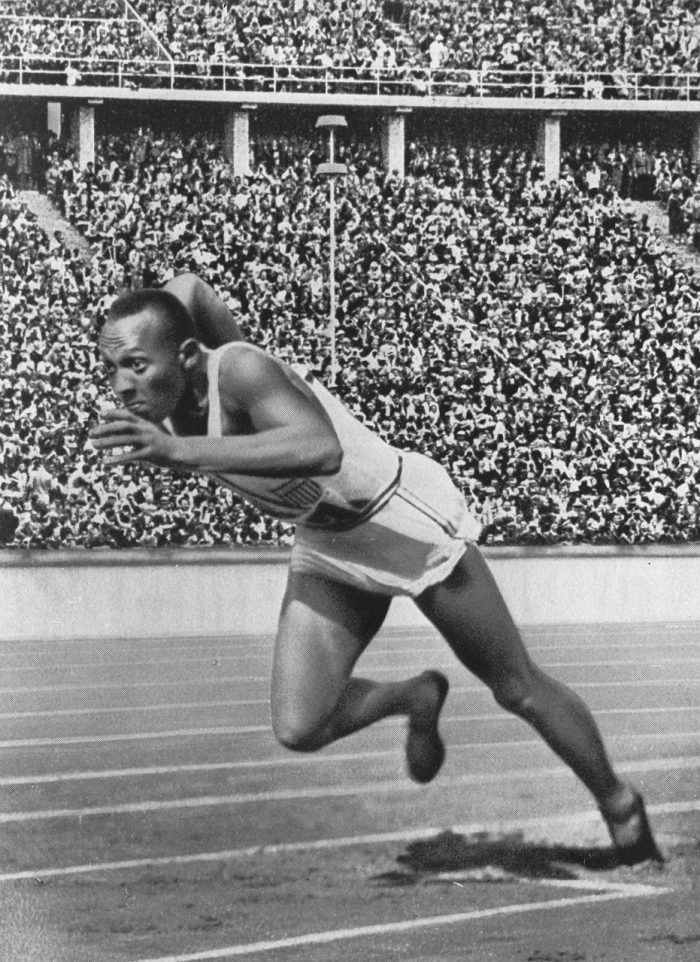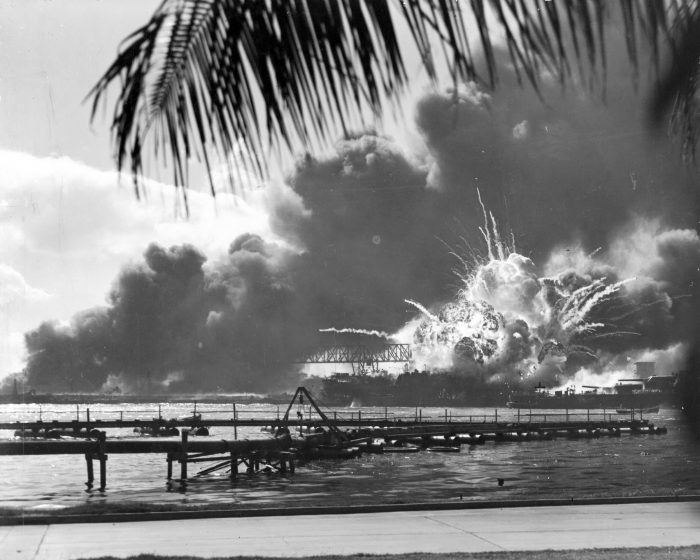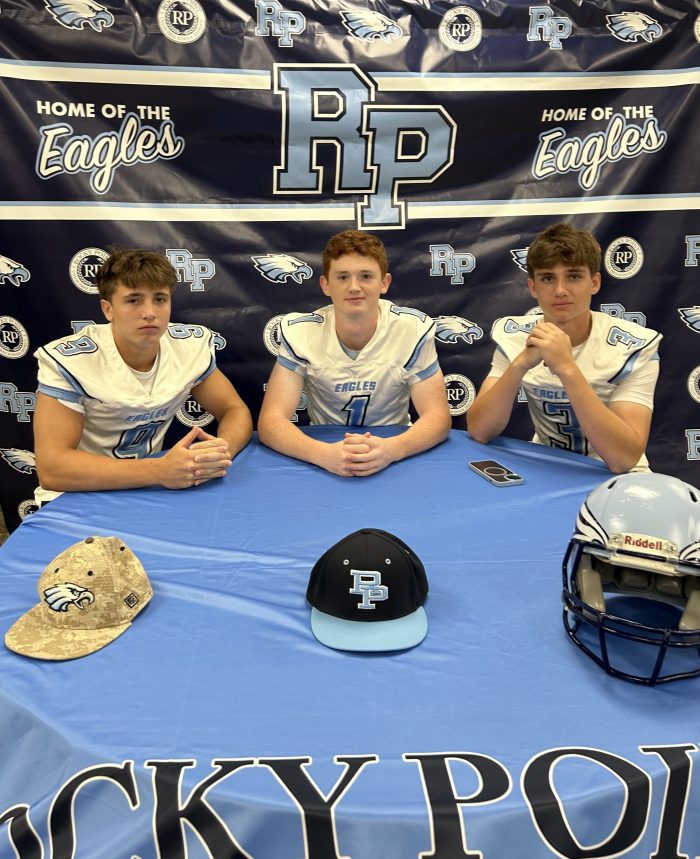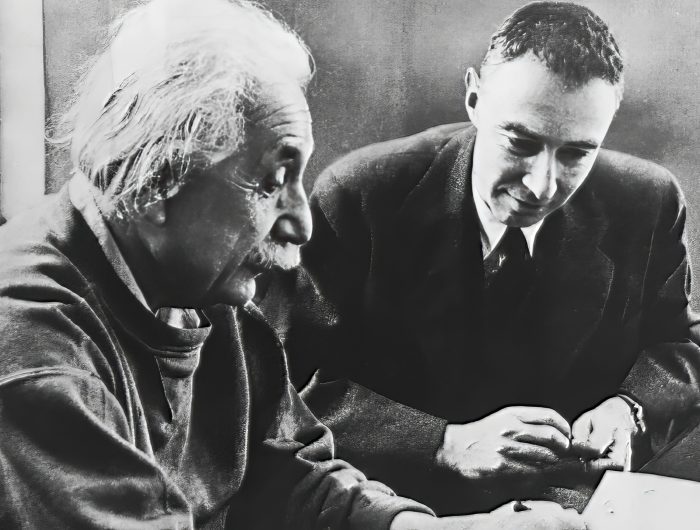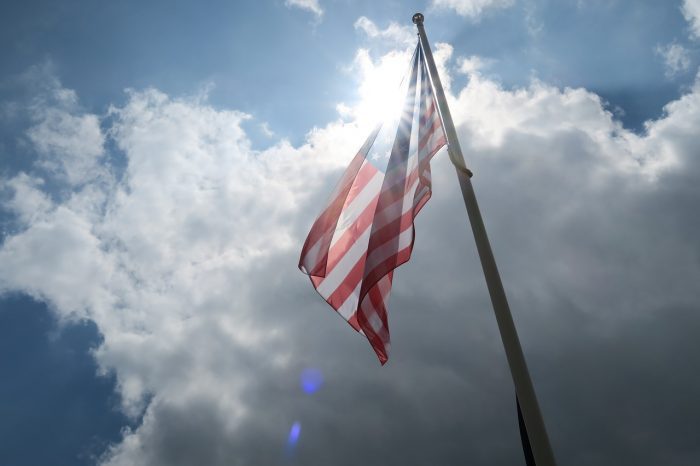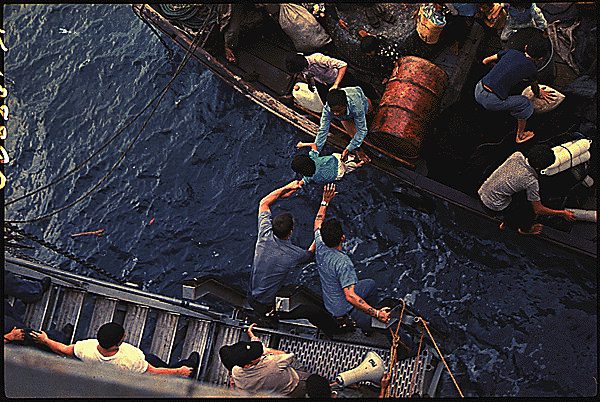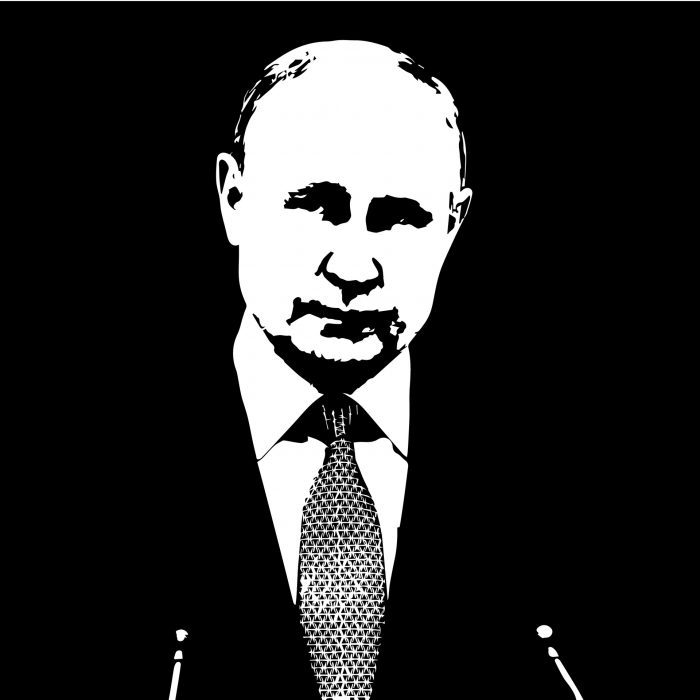“It’s not a question of whether you will hurt, or of how much you will hurt; it’s a question of what you will do, and how well you will do it, while pain has her wanton way with you.” ― Daniel James Brown, The Boys in the Boat: Nine Americans and Their Epic Quest for Gold at the 1936 Berlin Olympics
Gazing over the tens of thousands of foreigners entering the arena that would be the 1936 Berlin Olympic games stood the presence of dictator Adolf Hitler. During the midst of the Great Depression, the tyrannical leader of Nazi Germany promised to rebuild his nation to its former glory.
In 1931, the International Olympic Committee permitted the summer games to be held in Berlin as a peaceful way of putting World War I behind the Europeans. Instead, the world saw the flying of Swastikas signaling the rise of Nazi Germany. The games began on Aug. 1, 1936, with Hitler present to watch his country prove its status as a restored national power.
A rumored American boycott to oppose the fierce Nazi treatment of its minorities, loomed over, though President Franklin D. Roosevelt granted his country’s athletes to participate in these games.
Watching the ignition of the Olympic flame, stood Jesse Owens or “Buckeye Bullet”. Owens a famed-athlete, grew up in an Alabama sharecropping family, where much of his childhood was riddled with racism. Despite his adversarial childhood, Owens went on to become a talented track and field athlete at Ohio State University. It soon became a goal of Owen’s to dispel the Nazi “Aryan” propaganda promoting others inability to defeat Hitler’s “Master Race” of athletes.
Hitler’s much-publicized hatred did not shake the American resolve of Owens and the other African American participants. American runners went on to earn 11 gold medals in track and field; six by Black athletes, with Owens earning four gold medals and two impressive Olympic records.
Later in the games, a fatigued Owens sought rest, with this, he offered the torch to American teammates, Marty Glickman and Sam Stoller suggesting they could compete in 4×100 race in his stead. Instead, Owens was directed to race and Glickman and Stoller, both of Jewish culture, were barred from participating. Concerns arose that American coaches were fearful of upstaging Hitler by using Jewish-American athletes to gain additional medals.
An aspect of these games often overlooked is the athlete’s personal contention with the economic and social issues of the Great Depression. The economy was poor in Germany and its regime paid for the training and living expenses of its athletes. Many American athletes looked at sports in a secondary manner as they tried to gain essential items to survive. Americans had to contend with twenty-five percent unemployment and a struggling economy.
On Christmas Day, Hollywood released a heartwarming look at the tribulations of the Great Depression through the production of ‘The Boys in the Boat’, written by Brown and directed by George Clooney. Like ‘Cinderella Man’ and ‘Seabiscuit’, this film delves into the intersection of sports and the Depression.
Even as the New Deal was established by Roosevelt, American people faced difficulties in finding work and buying food. ‘The Boys in the Boat’ is based on the Washington State Rowing Team’s quest to win the gold medal during the Berlin Olympics.
This film, set on the outskirts of Seattle, chronicles the harsh extent of the Depression. It focused on Joe Rantz, who was abandoned by his family and forced to care for himself. Actor Callum Turner portrayed an engineering student facing the threat of removal from Washington State for being unable to pay his tuition. With holes in his shoes and making a home in an abandoned car, this student desperately sought a chance to improve his economic situation by trying out for his school’s rowing team.
Joel Edgerton stars as Coach Al Ulbrickson, an uncompromising figure who demanded athletic and physical excellence. The film takes some artistic liberties depicting the triumphs of the team modifying the succession to highest levels of college and Olympic competition to one year as opposed to the three years presented in Brown’s book.
As a director Clooney scores in the eyes of film, history, and sports fans. He portrays the determination of the team’s coach in utilizing a junior varsity team that would eventually become the best in the nation and would go on to win a gold medal.
There are many moments that present Rantz’s competitive side. In the film, Rantz found a father figure in the team’s boat builder, a man who took a special interest in his athletic talents by constructing and maintaining their equipment. The builder provided sustinent advice on handling the complexities of life and listening to authority. This film identifies the American-will to persevere, showcasing a team pitted against highly-respected Ivy League crews. The film shares an outstanding story of American resilience to achieve greatness through the masterful stroke of Clooney’s direction.

